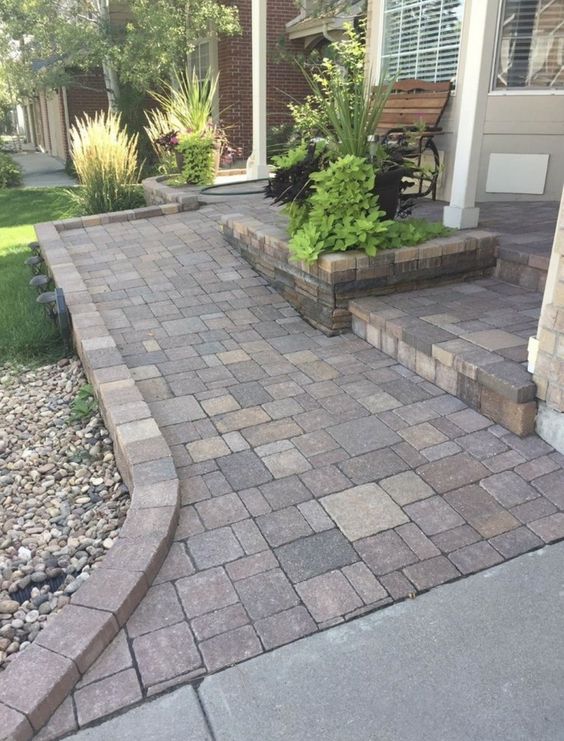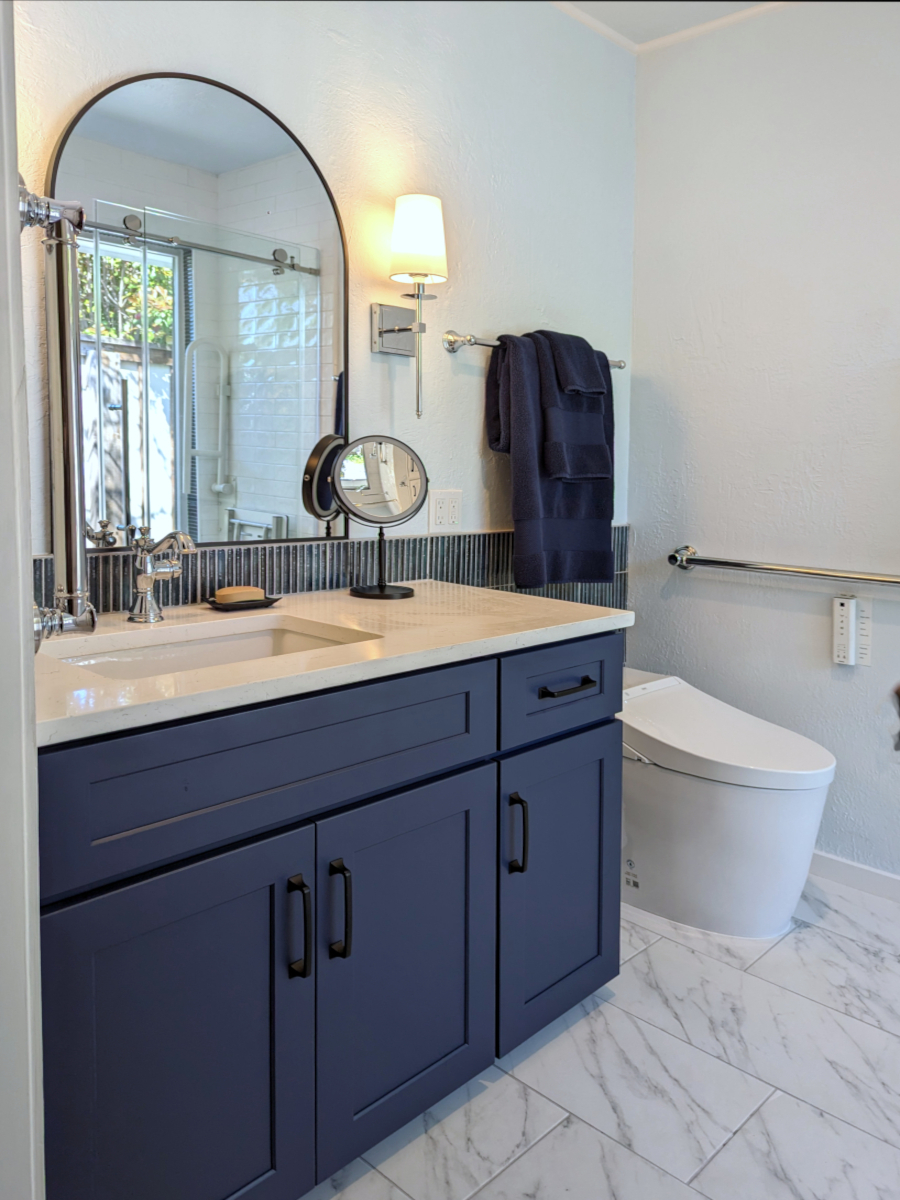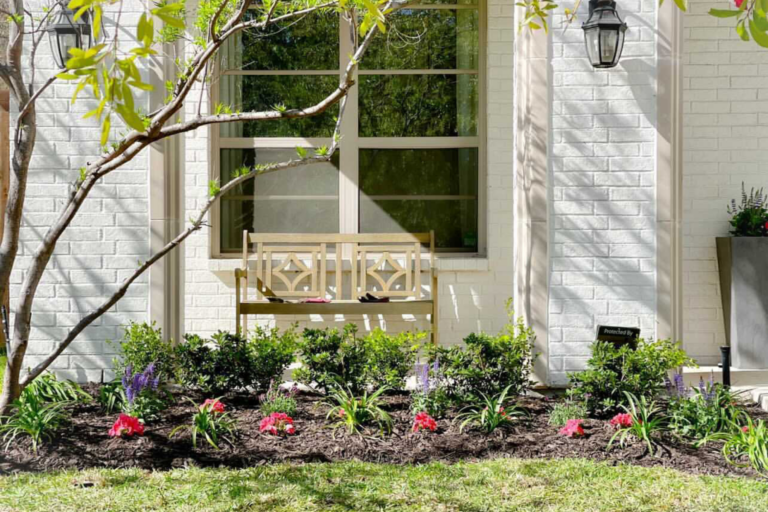As we age, our homes become more than just physical structures; they hold cherished memories and provide a sense of security. The concept of “aging in place” emphasizes the idea that seniors can continue living independently in their own homes as they grow older. To achieve this, consider implementing the following improvements:
1. Accessibility Upgrades
Entrance Ramps:
Replace any steps leading to your home’s entrance with a gently sloping ramp. This modification ensures easy access for wheelchairs, walkers, and those with mobility challenges.
Wider Doorways:
Enlarge doorways to accommodate wheelchairs and walkers. A minimum width of 36 inches is recommended.
Lever-Style Handles:
Replace traditional doorknobs with lever-style handles. These are easier to operate for individuals with arthritis or limited hand strength.

2. Bathroom Modifications
Grab Bars:
Install sturdy grab bars near the toilet and in the shower or bathtub. These provide stability and prevent slips and falls.
Walk-In Showers:
Consider replacing a traditional bathtub with a walk-in shower. A curb-less design eliminates tripping hazards.
Comfort Height Toilets
Opt for toilets with a higher seat height to reduce strain on knees and hips.
3. Kitchen Adaptations
Lower Countertops
Lower countertops and sinks allow for comfortable food preparation and dishwashing.
Pull-Out Shelves
Install pull-out shelves in cabinets to avoid reaching and bending.
Single Handle Faucets
Single-handle faucets are easier to operate for individuals with limited dexterity.
4. Smart Home Technology
Voice Activated Devices
Use voice-activated assistants like Amazon Echo or Google Home to control lights, thermostats, and other appliances.
Emergency Alerts
Invest in a medical alert system that connects to emergency services with the push of a button.

5. Outdoor Safety
Well-Lit Pathways
Ensure outdoor pathways are well-lit to prevent trips and falls.
Low-Maintenance Landscaping
Opt for low-maintenance landscaping to reduce physical strain.
Courtesy of TillyDesign.com
Remember, aging in place is not just about physical modifications; it’s also about fostering a supportive community. Stay connected with neighbors, friends, and family to maintain social and emotional well-being.
By making thoughtful adjustments, you can create a home that supports your needs as you age, allowing you to enjoy your space for years to come.
If you want to learn more about Aging in Place and Accessible improvements, check out these other articles:
14 Bathroom Updates for Now and Later as You Age in Place by AARP
Aging in place: Improvements that will help you stay in your home longer by The Dallas Morning News



